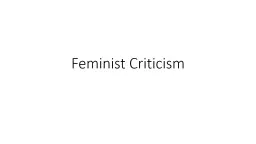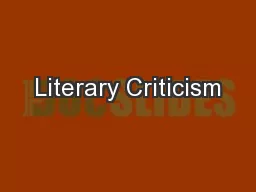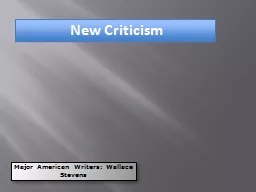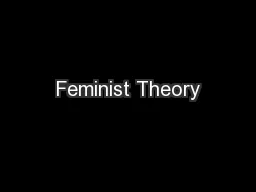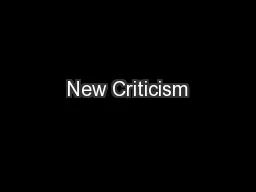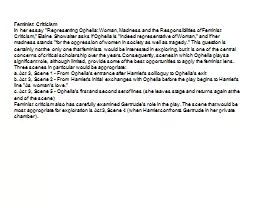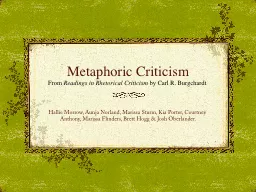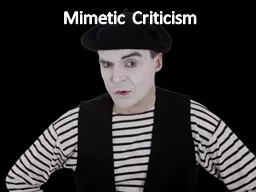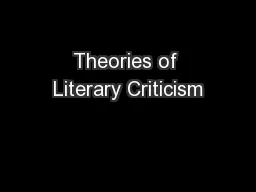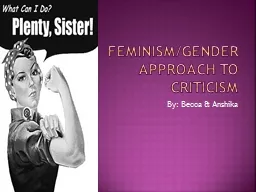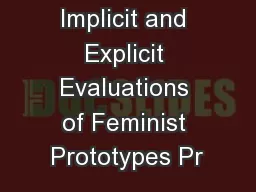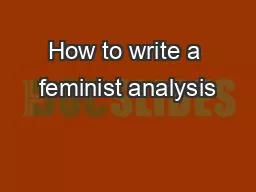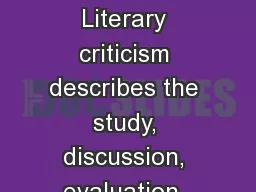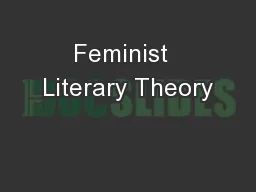PPT-Feminist Criticism
Author : alexa-scheidler | Published Date : 2017-05-15
Pizza rolls not gender roles Key Terms Patriarchy maledominated power structures Misogyny hatred of women Genderrole stereotyping a series of norms and behaviors
Presentation Embed Code
Download Presentation
Download Presentation The PPT/PDF document "Feminist Criticism" is the property of its rightful owner. Permission is granted to download and print the materials on this website for personal, non-commercial use only, and to display it on your personal computer provided you do not modify the materials and that you retain all copyright notices contained in the materials. By downloading content from our website, you accept the terms of this agreement.
Feminist Criticism: Transcript
Download Rules Of Document
"Feminist Criticism"The content belongs to its owner. You may download and print it for personal use, without modification, and keep all copyright notices. By downloading, you agree to these terms.
Related Documents

